
USB4 Cable Specifications: The Future of High-Speed Connectivity
Introduction As technology continues to evolve, the demand for faster, more efficient connectivity solutions has become critical for businesses and
When it comes to high-resolution displays, your media is only as good as its weakest link—and there are many links in the chain between content creation (HDMI input) and display (HDMI output). This is especially true for digital entertainment—everything from streaming video online to gaming consoles has input and output options that affect performance, flexibility, compatibility, cost, convenience… you name it! And when it comes down to which cable you should use for each device, HDMI cables are one of the most important links in the chain. Since bandwidth limitations are rife throughout the digital entertainment realm, understanding the basics of HDMI cables becomes increasingly important.
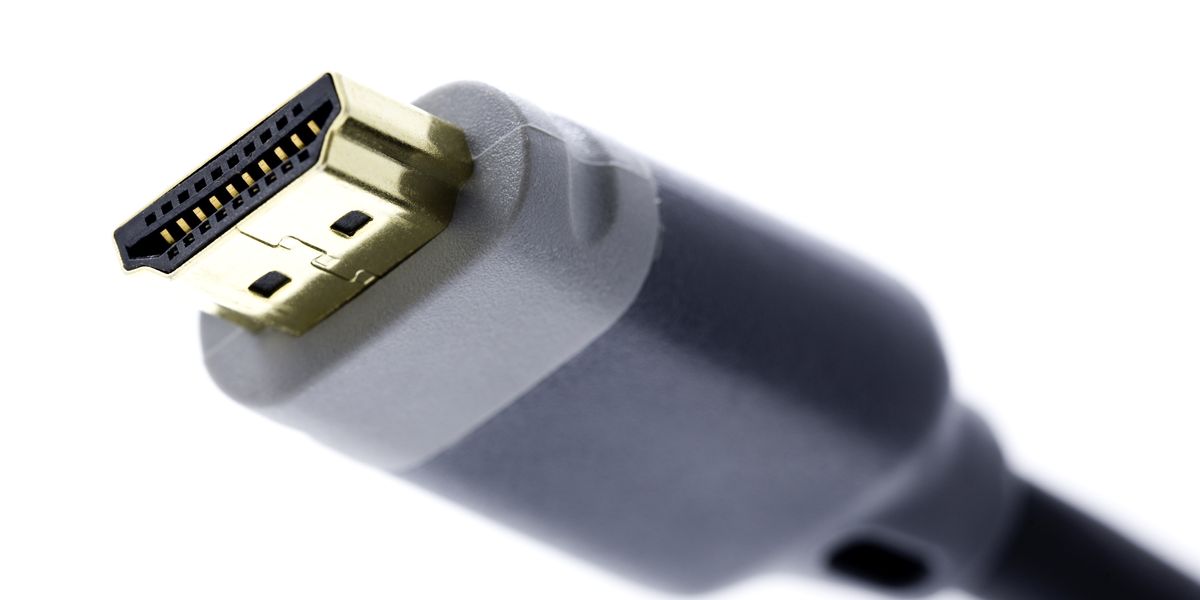
Typically, the resolution is expressed as a number of pixels, where the height and width are indicated by two numbers (e.g., 1280×720). Higher resolution generally means that an image is more detailed—but it can also mean that there are more pixels used to create the image since 1080p uses 2 million pixels while 8k uses 16 million. This creates additional bandwidth requirements because digital information needs to be updated so many times per second within the same space. The HDMI cables have an encoding scheme called TMDS which converts this high-frequency data into low-frequency voltage changes on the + lines (+3.4V for a 0, -1V for a 1), which requires much less bandwidth than raw video data would take up.
A higher resolution is only half of the equation—the other half is how fast data can be transmitted through the cable itself. HDMI cables transmit data quickly enough for most everyday applications; but when you’re sending uncompressed or otherwise very high-bandwidth media like 3D video or 4K signals over long distances (more than 40 feet ), things start to falter—and fast. This is because the HDMI signal degrades over longer runs due to resistance and signal leakage. The longer the run, the worse it will be—and this gets worse as frequencies go up especially if it is a passive HDMI cable. Active HDMI cables reduce this loss by boosting the signals at intervals.
The good news is there are ways to increase bandwidth and reduce signal loss: use boosted resolution-compatible cable chips built into the cables; use an active copper cable which boosts the signal by using active electronics instead of relying on raw power as passive copper does; and finally, consider minimizing transmission distance (by placing devices closer together) to preserve integrity. This doesn’t necessarily mean stringing HDMI all over your house – but rather planning ahead so that cable runs are as short as possible.
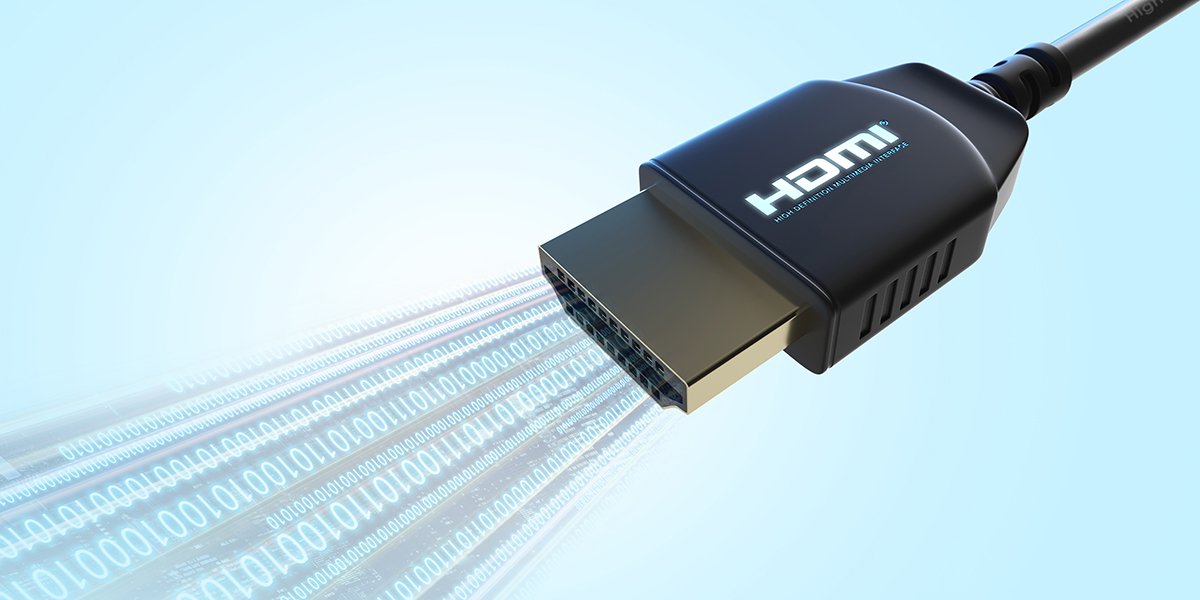
When choosing an HDMI cable, it’s important to understand the relationship between resolution, bandwidth, and transmission.
The resolution is the number of pixels on the screen, and it determines how clear the image will be. The higher the resolution, the more pixels there are, and the sharper the image will be.
Resolution is one of the factors that determine image quality. The higher the resolution, the more detailed the image will be. However, increasing resolution also requires a higher bandwidth and faster transmission speed to maintain good image quality. So if you’re looking for the best possible image quality, you should opt for a higher resolution and make sure your HDMI cable has sufficient bandwidth and transmission speed.
Bandwidth is how much data can be transferred at once, and it affects how smooth the image will be. Higher bandwidth can handle a higher resolution, so it’s important to consider both when making a purchase.
The higher the bandwidth, the better the video quality will be.
However, there is a limit to how much data can be transferred over an HDMI cable. This limit is set by the bandwidth of the cable and the resolution of the video.
For example, if you have a high-resolution video with a high bandwidth requirement, you will need a high-bandwidth HDMI cable to transmit the signal without any loss in quality. If you try to use a low-bandwidth cable, the signal will be too weak to transmit your HD video.
Finally, transmission is how well the data is transferred through the cable. A poor-quality cable can lead to transmission errors and poor picture quality. When shopping for an HDMI cable, pay attention to the bandwidth in order to ensure a smooth picture.
The transmission speed that makes up the total bandwidth of an HDMI cable determines how quickly pixels can be transmitted to your TV or monitor. If it’s not fast enough, your screen may freeze temporarily as new images are reloaded – this effect is especially noticeable during sports events where quick movements require high-speed transmission to prevent blurring or ghosting on your screen. The higher the resolution and the faster the transmission, the more bandwidth it requires.
Another factor that determines the quality of an HDMI signal is how often it gets transmitted. The number of times the HDMI signal needs to be transmitted has an effect on the overall picture quality as well as lengthening the total amount of time it takes to transmit the signal.
If you are using various HDMI cables with an HDMI extender, the number of cables and the distance between them will affect your video quality. The more times a video needs to be transmitted, the weaker each individual transmission gets and therefore the lower the picture quality.

Wireless HDMI is a technology that allows an HDMI connection to be made without the use of cables. This is done by using a transmitter and receiver to create a wireless connection.
Using a wireless HDMI interface is eliminates the need to run cables between devices. This can be especially useful in situations where there is not a lot of space to work with, or when the devices are far apart from each other.
Using wireless HDMI can be more expensive than using traditional cables, and it can also be less reliable. In addition, it can be more difficult to set up than a traditional HDMI connection.
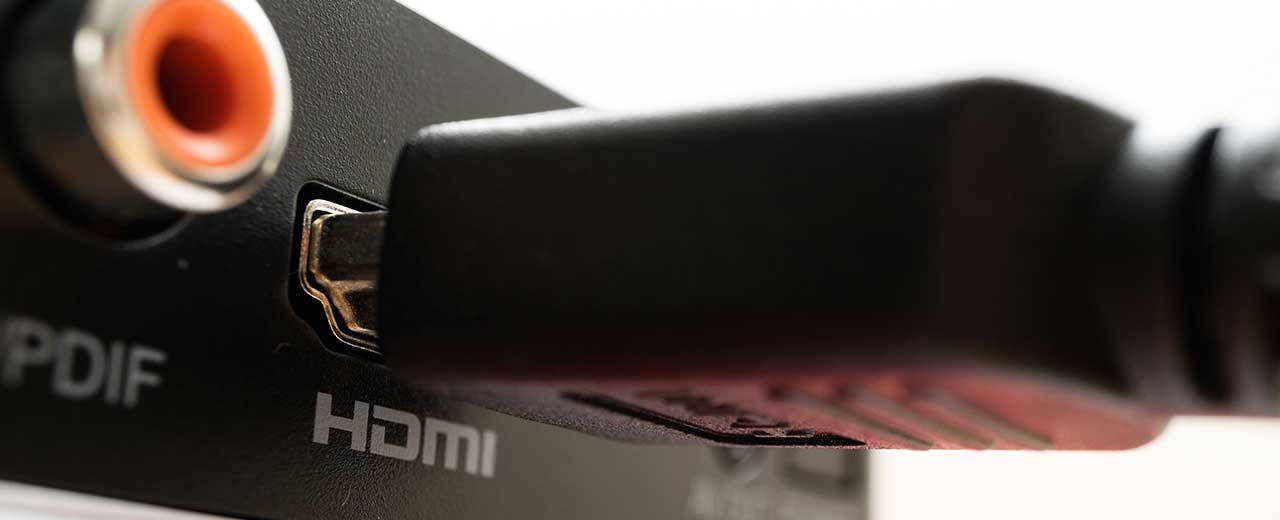
The version of an HDMI cable will determine the HDMI specification on it in terms of resolution and bandwidth. Therefore, when selecting an HDMI cable, it’s important to be aware of its version and decide whether it will be fit for your needs.
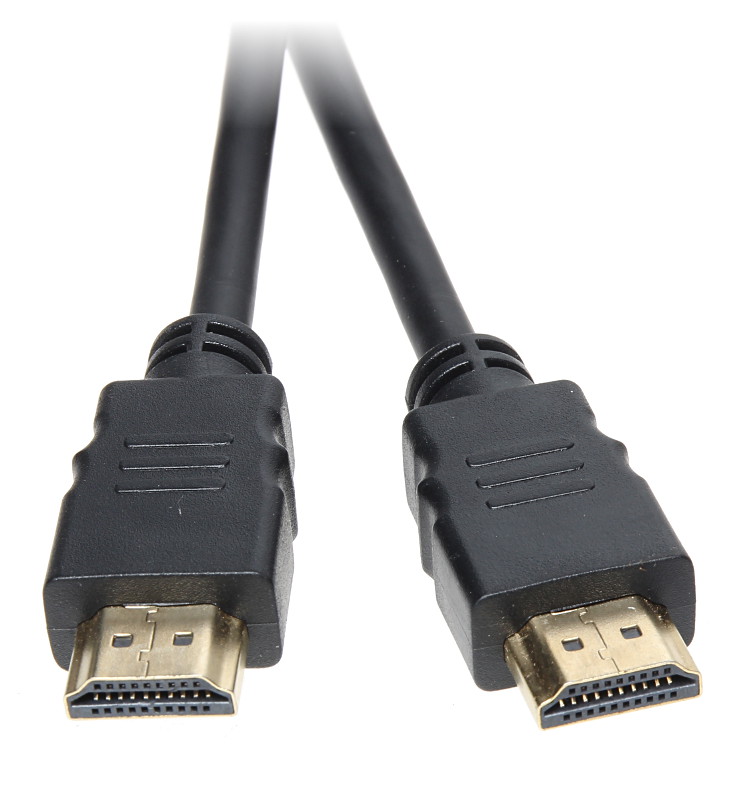
HDMI 1.0 was released on June 17, 2002, and supported a maximum resolution of 640x480p. It had a bandwidth of 4.95 Gbit/s and could transmit up to three uncompressed digital audio channels and one uncompressed digital video channel.
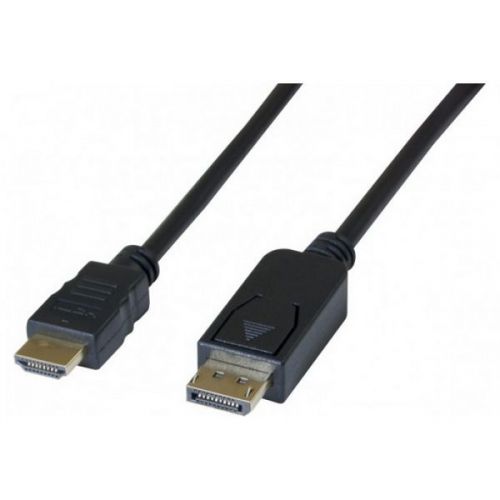
Released on September 9, 2002, HDMI 1.1 increased the supported resolution to 800x600p. It maintained the bandwidth of 4.95 Gbit/s, but could now transmit up to six uncompressed digital audio channels and one uncompressed digital video channel.
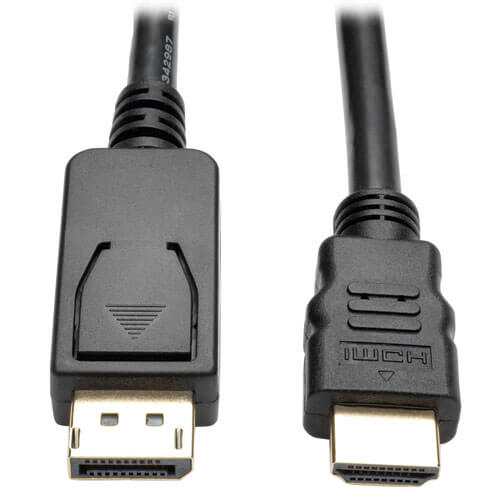
Released on April 15, 2005, HDMI 1.2 increased the supported resolution to 1080i. It maintained the bandwidth of 4.95 Gbit/s, but could now transmit up to eight uncompressed digital audio channels and two uncompressed digital video channels.

Released on December 4, 2006, HDMI 1.3 increased the supported resolution to 1080p. It maintained the bandwidth of 4.95 Gbit/s, but could now transmit up to 10 uncompressed digital audio channels and three uncompressed digital video channels.

Released on March 3, 2009, HDMI 1.4 increased the supported resolution to 4096x2160p (also known as “4K”). It increased the bandwidth to 10.2 Gbit/s, and could now transmit up to four uncompressed digital audio channels and four uncompressed digital video channels.
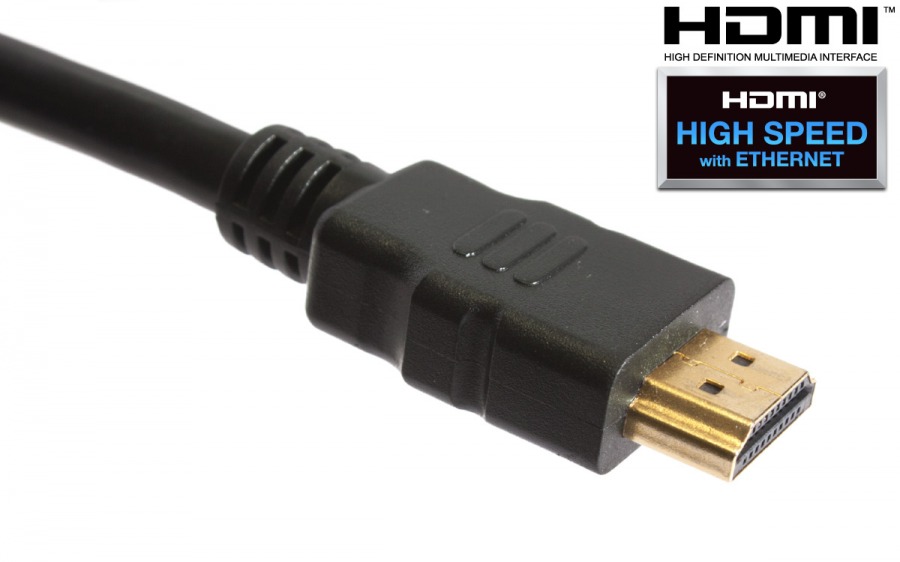
Released on September 9, 2013, HDMI 2.0 increased the supported resolution to 3840x2160p (also known as “8K”). It increased the bandwidth to 18 Gbit/s, and could now transmit up to eight uncompressed digital audio channels and two uncompressed digital video channels.

Released on November 28, 2017, HDMI 2.1 increased the supported resolution to 10K. It increased the bandwidth to 48 Gbit/s, and could now transmit up to 32 uncompressed digital audio channels and 12 uncompressed digital video channels.
One of the new features that has been added to HDMI 2.1 is called dynamic HDR. This allows for a more realistic representation of colors and lighting effects. The other new feature is called eARC. This stands for Enhanced Audio Return Channel. It allows for a higher quality sound to be transmitted from the TV back to the audio receiver.
Both of these new features require more bandwidth than what is provided by HDMI 2.0. This is why it is important to make sure that all of the devices involved in the HDMI transmission are compatible with HDMI 2.1. If they are not, then the new features will not be available.

HDMI and DisplayPort are both digital video connectors that allow for high-definition video and audio to be transmitted between devices. However, there are some key differences between them.
HDMI can transmit both audio and video, while DisplayPort can only transmit video.
HDMI can support a higher resolution than DisplayPort. The maximum resolution that HDMI can support is 8K, while the maximum resolution that DisplayPort can support is 4K.
HDMI has a higher bandwidth than DisplayPort. This means that it can transmit more data per second, which results in a higher quality image.
Latency is the amount of time it takes for a signal to be sent from the source to the display. HDMI has a lower latency than DisplayPort. This means that the image will be less likely to be out of sync with the audio.
Your choice between an HDMI device or a display port depends on what you are trying to achieve. If you want to transmit audio and video between devices, then HDMI is the best option. If you only want to transmit video, then DisplayPort is a better option. And if latency is important to you, then HDMI is the better option.
To summarize, when choosing a HDMI connector it’s important to consider the resolution, bandwidth, and transmission supported by each device. Higher resolutions require higher bandwidths and better transmissions in order to operate effectively. Additionally, make sure you keep an eye out for different HDMI ports on your devices. Standard ports are typically found on most TVs, while Mini Ports are more often found on devices like gaming consoles. Another important factor is where you buy your cables. You may end up with sub standard cables if your dealer is untrustworthy. There are a few reliable HDMI suppliers that offer good customer service and quality high speed HDMI cables. Edom electronics, in China is one such supplier. Whether you need an ultra high speed HDMI cable or one with an HDMI ethernet channel they will be able to supply, and even make customizations specific for your needs.

Introduction As technology continues to evolve, the demand for faster, more efficient connectivity solutions has become critical for businesses and
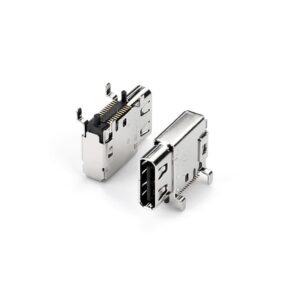
Understanding the Evolution of USB Connectors In today’s technology-driven world, USB (Universal Serial Bus) connectors are an integral part of

At EDOM Electronics, we take pride in our meticulous approach to manufacturing high-quality USB C to C cables. Today, we’re
WhatsApp us
